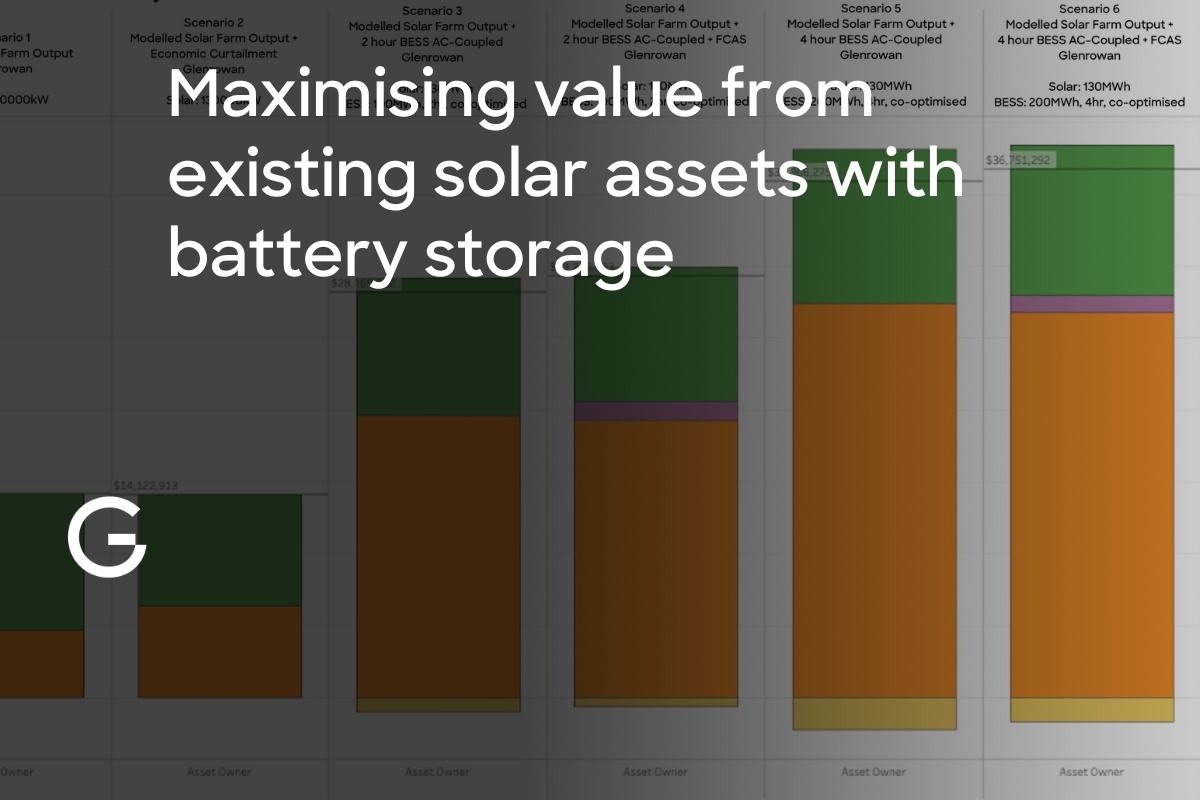A New Mechanism for Reliability in South Australia
.jpg)
South Australia launched its first Firm Energy Reliability Mechanism (FERM) tender today.
The scheme is designed to support long-duration dispatchable projects, with each facility needing to be at least 30 MW and capable of sustaining maximum output for eight continuous hours. That requirement naturally points to technologies such as grid-scale batteries and flexible gas plants.
Successful projects will enter into Firm Energy Reliability Mechanism Agreements (FERMAs) with a government-appointed financial vehicle. These contracts provide a guaranteed revenue floor. If a project’s net revenues fall below this level, the state steps in with top-up payments, capped annually. If revenues exceed the floor, then the project must share part of the upside back with the state, also subject to caps.
The first round of the scheme will target 700 MW of new capacity, with 400 MW to be delivered by late 2028.
A Pseudo Capacity Market?
While the National Electricity Market (NEM) is technically an energy-only market, FERM introduces elements of a capacity-style regime.
The structure will be familiar to those watching other policy interventions. It closely mirrors the NSW Long-Term Energy Service Agreements (LTESAs) and the Federal Capacity Investment Scheme (CIS).
All three combine downside protection with upside sharing, providing investors with confidence while still exposing projects to market signals. They represent pragmatic hybrids that preserve an energy-market orientation but provide the kind of firm revenue support that capacity markets provide to incentivise the construction of new generation.
What makes FERM notable compared to LTESEA and CIS are its enforceable performance obligations. Each project must commit to being available during forecast Lack of Reserve (LOR) events, specifically LOR2 and LOR3 in South Australia.
This creates some parallels with the capacity market arrangements in the Western Australian Energy Market (WEM) for energy storage systems that define Energy Storage Resource Obligation Intervals, placing a performance obligation on battery storage systems that are receiving capacity payments within the WEM’s Reserve Capacity Mechanism.
LOR events are scarcity alerts issued by AEMO: LOR2 signals that reserves are so tight that the system could face load shedding if a major generator or interconnector fails. LOR3 means available supply is insufficient to meet demand and controlled load shedding is unavoidable.
Under FERM, projects must be ready to deliver their committed capacity during these periods.
To ensure that facilities can reasonably comply, the scheme specifies minimum notice periods. Conventional generators like gas plants will receive at least six hours’ notice before a compliance period.
Bidirectional facilities such as batteries will also be given advance warning, with the exact requirement to be set, but capped at twelve hours.
This ensures proponents are not expected to respond instantly, but must be reliably available once called upon. Penalties apply if projects fail to deliver, including rebates or potential contract termination.
This blend of obligations and financial support is why FERM could be described as a pseudo capacity market. It avoids the centralised auction model of full capacity markets but creates binding commitments and financial flows that mimic many of their functions.
Building project design confidence quickly
Registrations for the first tender opened today. Registration closes in mid-November, bids are due by late November, and contracts are expected to be executed by March or April 2026.
Bids will be assessed on four key criteria: project deliverability and timeline, organisational and financing capability, financial value, and the extent of any commercial departures from the model FERMA. The emphasis is on credible projects that can be delivered on time, add clear system value, and withstand commercial scrutiny.
For developers, the scheme offers both opportunity and challenge. The revenue floor reduces downside risk and should make projects more bankable with debt funders, but performance penalties and upside sharing constrain the upside for investors with equity in the project.
The strict capacity commitments also mean developers must be confident in both their technology and operating strategy. Balancing these factors requires careful financial and operational modelling.
This is where Gridcog can help. Developers can use Gridcog to simulate dispatch and revenue outcomes under different market conditions, ensuring compliance with the eight-hour availability rule and testing exposure to price volatility.
They can also model how the FERMA’s revenue floor and upside sharing mechanisms affect project cashflows, compare the economics of FERM against LTESAs, the CIS, or pure merchant exposure, and stress-test how projects would perform during LOR2 and LOR3 conditions.



.jpg)


.png)
